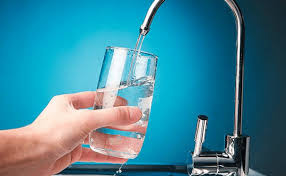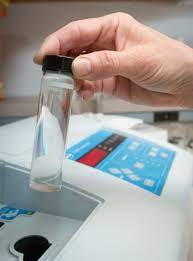Drinking Water Standards and the EPA
Are you aware that the EPA sets drinking water standards for individual water wells? The US Environmental Protection Agency or EPA has a detailed list of 90 drinking water contaminants in water wells and their limits. Now, you may be asking yourself what qualifies as a contaminant? The Safe Drinking Water Act (SDWA) defines "contaminant" as any physical, chemical, biological or radiological substance or matter in water. Drinking water may reasonably be expected to contain at least small amounts of some contaminants. Some contaminants may be harmful if consumed at certain levels in drinking water. The presence of contaminants does not necessary indicate that the water poses a health risk. The list of contaminants can be found here and includes things like levels for nitrates, lead, arsenic and many other items that are commonly found in our drinking water.
Contaminants are classified into 4 different categories by the EPA and listed as the following:
- Physical contaminants primarily impact the physical appearance or other physical properties of water. Examples of physical contaminants are sediment or organic material suspended in the water of lakes, rivers and streams from soil erosion.
- Chemical contaminants are elements or compounds. These contaminants may be naturally occurring or man-made. Examples of chemical contaminants include nitrogen, bleach, salts, pesticides, metals, toxins produced by bacteria, and human or animal drugs.
- Biological contaminants are organisms in water. They are also referred to as microbes or microbiological contaminants. Examples of biological or microbial contaminants include bacteria, viruses, protozoa, and parasites.
- Radiological contaminants are chemical elements with an unbalanced number of protons and neutrons resulting in unstable atoms that can emit ionizing radiation. Examples of radiological contaminants include cesium, plutonium and uranium.




Comments
Post a Comment